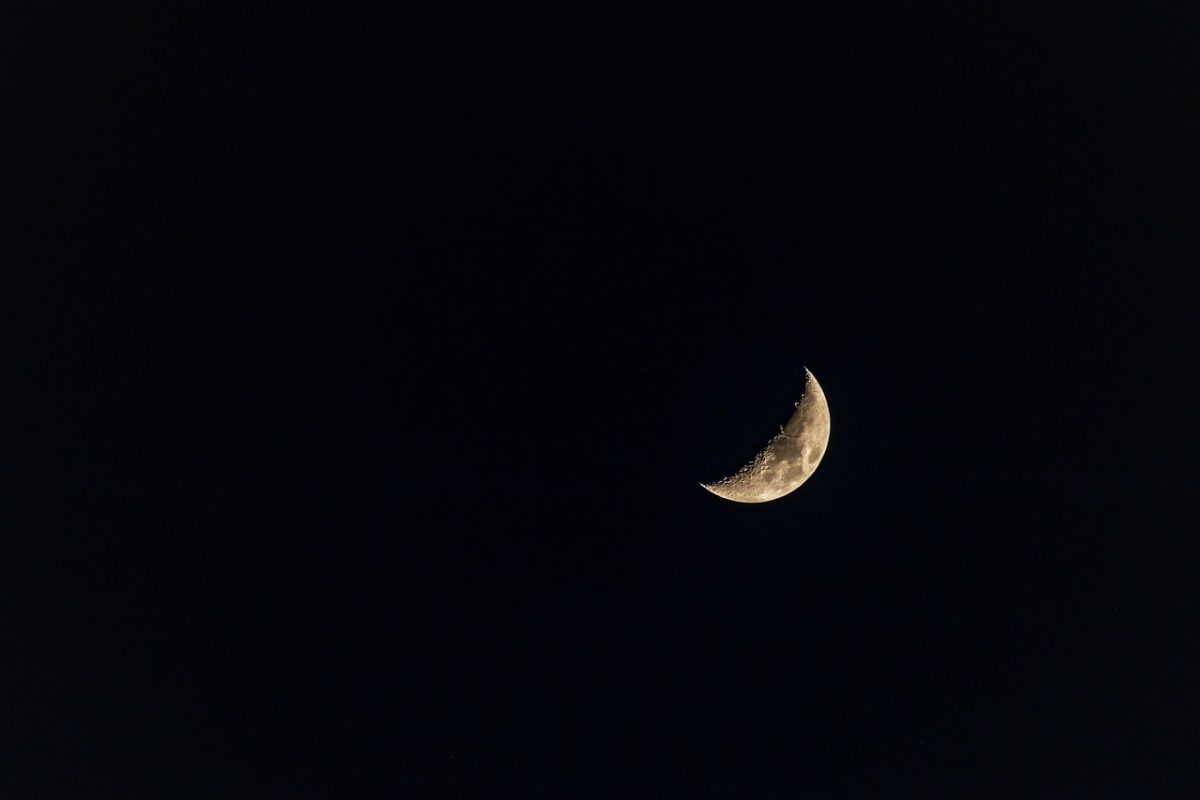Blue moons in and of themselves are relatively rare. They are a special kind of supermoon produced when the atmospheric conditions are just right for the moonbeams to shine bright blue. What’s even more rare is a hurricane’s tidal surge and a supermoon corresponding with it. Because of this, extreme tides are affecting parts of Florida and even Georgia.
Tides exist due to the fluctuating gravitational pull of the moon. The moon orbits in an elliptical shape, meaning that the tide cycles twice daily. Every 24 hours and 50 minutes, two complete cycles of high and low tides occur.
Supermoons occur when the moon is much closer to the Earth than average, meaning that high tide is much stronger than it would be during a normal cycle. While this tidal swell isn’t normally a problem for seaside civilizations, it can be a problem when such a swell corresponds with a hurricane’s storm surge.
Hurricane Ian impacted almost all of Florida when it ravaged the state in late 2023. The most devastating aspect was arguably the disastrous storm surge, which swept out many houses and the Sanibel Causeway. While Hurricane Idalia did not have nearly as damaging an impact, there still was noticeable flooding. The highest forecasted swell occurred in Charleston Harbor, Georgia. The water is expected to reach heights of 8.7 feet higher than the average sea level. If this is achieved, the swell will result in one of the top 50 highest tides in recorded history.
This flooding has yet to recede, which can also be credited to the supermoon. This residual flooding has caused transportation issues for numerous flooded roads. While people are no longer trapped in their homes, this standing water is causing a sanitary issue in many areas of low elevation Florida. After the supermoon passes, the tides and subsequent flooding are predicted to recede back to normal levels.















